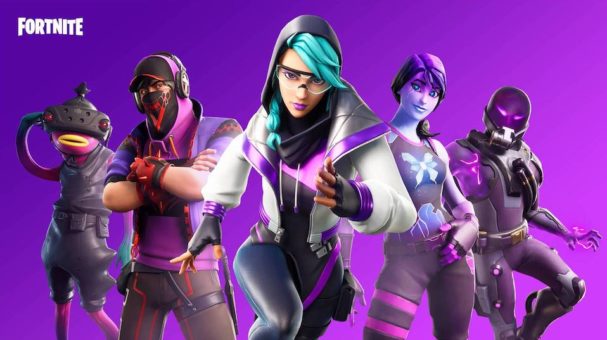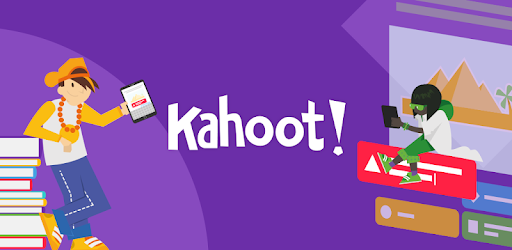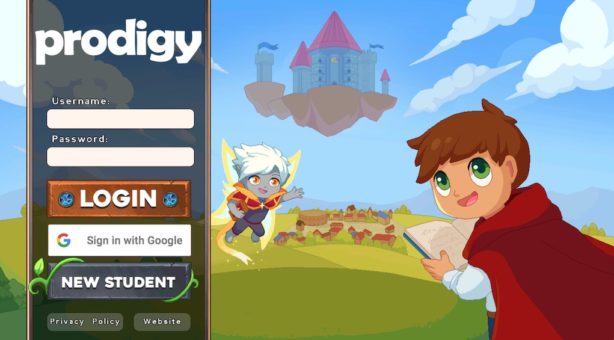Could Pop Culture Unite Diverse Learners?

This is an article that begs feedback and pushback. Please leave a comment or send us a response for publication. We’ll encourage Canlé to reply as well.
“How do you teach in a culturally responsive manner?” I sat silently as the question rattled around my head. A candid response escaped. “I don’t.”
I was a nervous first year teacher sitting in front of his school leader at the end of year evaluation, and as you might guess, my survival instinct quickly returned to me.
I clarified, “I don’t see cultures in my classroom, I just see kids. I don’t think the kids see cultures either; they just see each other as peers navigating the same world. In fact, I think they’d like to step away from race, heritage, nationality, religion and just connect with a peer on something they share in common. I think it has always been this way. Or at least, should be.” It was an honest answer.
Despite revising my reply, the question and my answer continued to permeate throughout my mind days later, prompting me to ask myself the following: What does culturally responsive teaching really mean? What does it really look like? For what purpose should I employ such a teaching strategy in my classroom?
And, perhaps the most important question pertaining to the topic: If my students were to step away from race, heritage, nationality, religion and just connect with a peer on something they share in common, what would it be?
Culturally responsive teaching is a pedagogy that values the inclusion of cultural references in every aspect of learning. The most notable type of culturally responsive teaching is to recognize student culture as race, heritage, nationality, or religion, in order to instruct learners equitably.
The goal is worthy, yet this instructional tactic often still fails to fully engage the multicultural classroom. There is, however, a vast student culture that is often forgotten about and not considered by educators when facilitating a classroom of diverse learners – popular culture, or pop culture.
Putting some pop into culturally responsive teaching
Pop culture refers to the accepted activities, mindsets, products, and beliefs that are exhibited by the general masses of (usually younger) people of a given time. Essentially, it is the widely accepted societal norms of a generation transmitted via mass media and other accessible platforms. It is that “something in common” that my diverse classroom of students share. Let me explain…
Generation Z – the current students in our K-12 educational system, have more information at their fingertips than any preceding generational cohort. In the age of Generation Z, which comprises the largest cohort in human history, access to information online with the touch of a fingertip and the blink of an eye has become commonplace, and a staple of their pop culture.
Technological advancement has become synonymous with human stimulus for Gen Z students. It has become a cultural norm that no longer excites the masses. With technological breakthroughs being commonplace in their increasingly globalized world, Gen Zers’ level of engagement surrounding this aspect of life lacks enthusiasm.
So, the question becomes: how do we stimulate and engage our Gen Z learners in the classroom? The answer is to uphold our culturally responsive integrity as educators; not simply by remaining cognizant of their heritage, nationality, or religion to provide access points into the curriculum, but by tapping into the pop culture norms and expectations to which our Gen Z students are already accustomed. And what do they most have in common? Globally connected, competition-based gaming.
Case in point: I have overheard instructors of foreign language courses confide in peers that they struggle to keep students engaged, but I have yet to hear that the designers of the online video game, Fortnite, have any problem keeping their school-aged audience engaged in their content.
Where language course instructors may fail to engage a student with his or her heritage, the cross platform online game Fortnite succeeds in speaking to and engaging the same student on a generational pop culture level. While we won’t be teaching Fortnite in our schools any time soon, we can take a closer look into what Generation Z values. By doing so, we can pique their interests and transcend the limitations set by the traditionally accepted definition of culture and begin to create new methods of teaching to best reach each student.
The social media culture has gamified engagement
Gamifying learning in the classroom is not a new endeavor. In fact, gamification has been an engagement tool used by educators and parents throughout recorded history. However, Gen Zers respond to competition-based games in school and enjoy the results yielded by such contests more than any other generation, as indicated by their widely demonstrated instructional preferences.
In an age of mobile devices delivering content at lightspeed by way of social media, if it isn’t recorded, screen-casted, or documented in some way for the world to see, it didn’t happen. This competitive nature in and of itself defines Generation Z, as does their desire to globally compete with one another and recognize their standing and comparative social status, instantly.
Globally connected gaming has shown its power to engage children, tweens and teens, and teachers often find themselves struggling to compete. Cross platform online gaming may not ever become the mainstream of our classrooms, but more and more programs each year are being unveiled that tap into that specific ingredient that Gen Zers crave.
Electronic competition-based platforms like Quizizz, Kahoot, and Prodigy, to name a few, have all made a name for themselves in the educational stratosphere for one reason only – they have gamified learning in a competitive way that connects peers. Gaming systems that incorporate online multiplayer components have demonstrated that leveraging Gen Zers’ natural desire for socialization and pairing it with their quick grasp of technology fully stimulates and engages Gen Z minds.
By mirroring this success in the classroom via the use of such programs as Minecraft – which has taken the education world by storm – we can take advantage of a pop cultural responsiveness that we, as educators, have barely begun to exploit. By understanding Gen Z pop culture, we can better assist our present students in attaining their desired lifestyle.
Education is suffering from a lack of play
In the era of narrow data collection and testing to inform instructional practice, there is a stark lack of play issue pervading our school systems. By eliciting better engagement from students through the use of pop cultural responsiveness – including the gamification of curricula – we can not only better prepare our children to enter and compete in a global, multicultural workforce, but also provide the aspects of learning that we do not allot time for in our school systems today.
I believe this is the culturally responsive classroom any child deserves to be in, no matter what their race, heritage, nationality, or religion. Gamification has become a pillar of modern culture – pop culture – that can enhance engagement, increase achievement, and proliferate peer relationships. That sounds like a great pedagogy to me. So why not teach with that in mind?
Andrew J. Canlé is a new Assistant Principal at public Shaw Avenue School (K-6) in Valley Stream, NY. where he also served as an instructional coach and 6th grade general education teacher. He holds master’s degrees in elementary education (1-6) and educational leadership and administration, and has recently been accepted into Hofstra University’s doctoral program in education. Follow him on Twitter @ajcanle. and see his recent Edutopia article here.






































